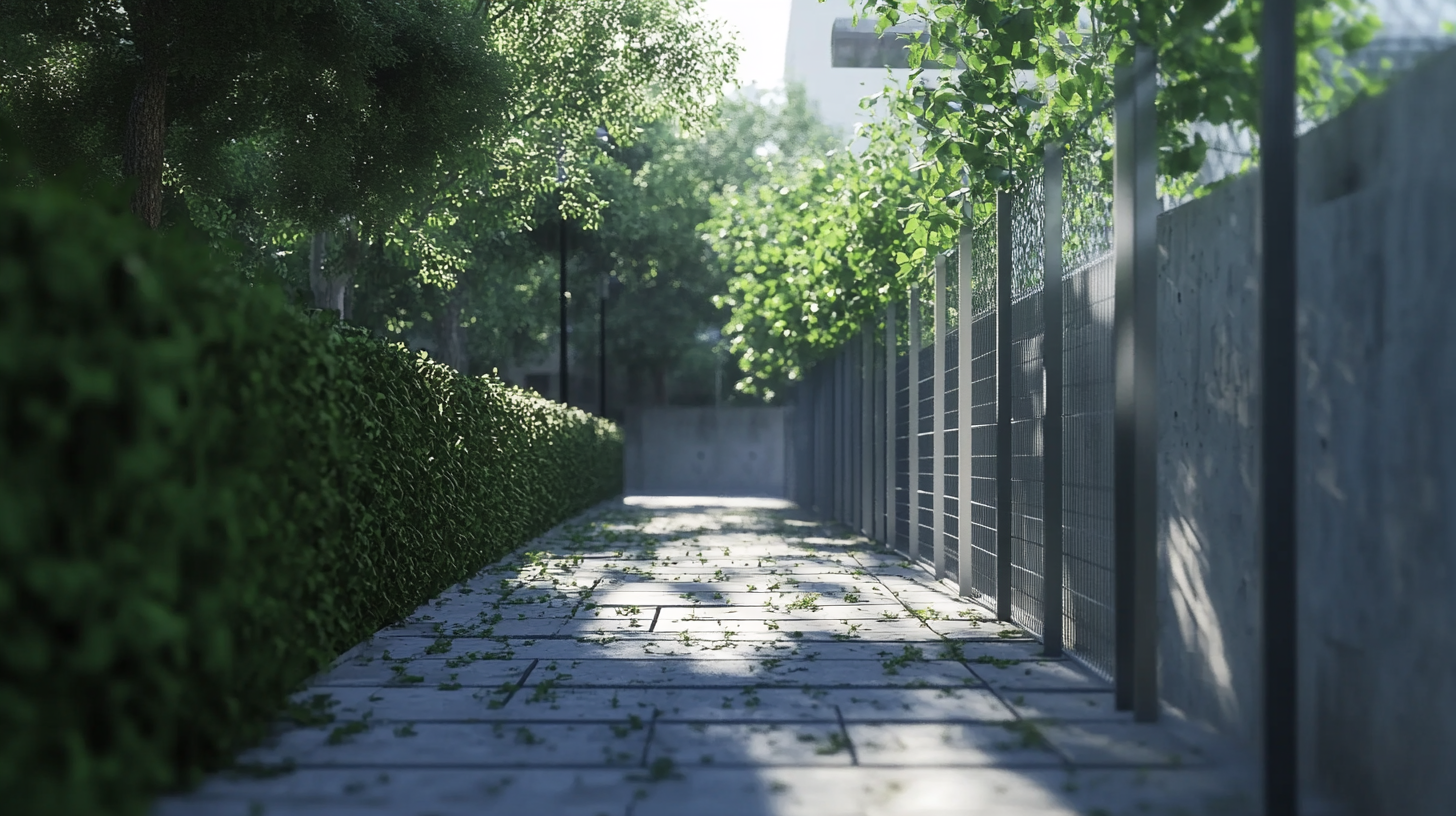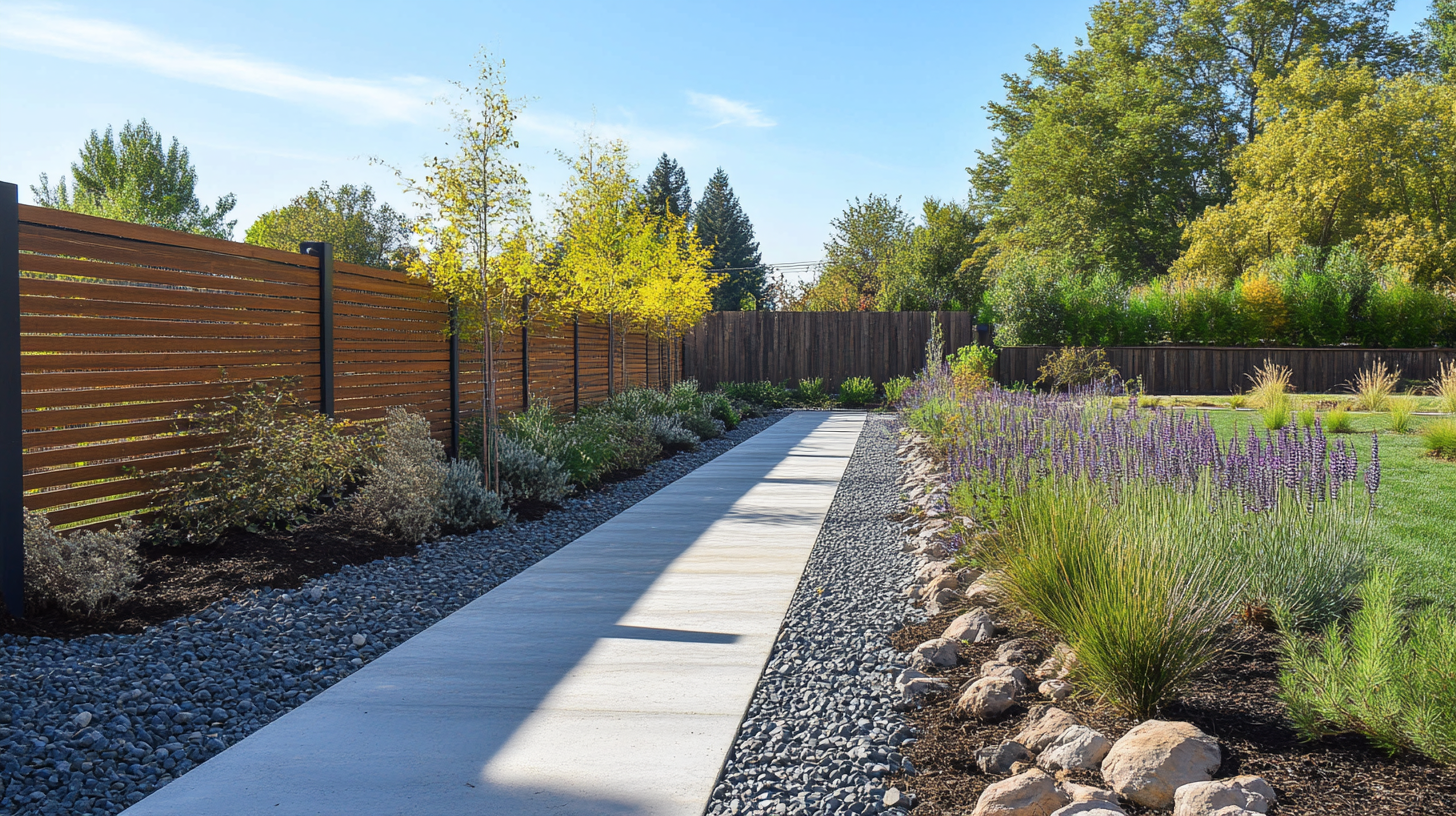The Evolution of Security Solutions with 358 Anti Climb Fence
In an era where security concerns are paramount, the demand for effective and robust security solutions has never been higher. Among the myriad of options available, the 358 Anti Climb Fence has emerged as a leading choice for high-security applications. Designed to deter unauthorized access while ensuring visibility, this innovative fencing solution combines strength with versatility. With its unique framework, the 358 Anti Climb Fence provides a formidable barrier against potential intruders, making it a preferred option for critical infrastructures like prisons, airports, and military installations.
As we delve deeper into the evolution of security solutions, the 358 Anti Climb Fence stands out not just for its physical attributes but also for its role in the broader context of modern security strategies. Its development reflects the growing sophistication of security requirements over the years, adapting to new challenges and threats in various sectors. This blog will explore how the 358 Anti Climb Fence has revolutionized perimeter security, examining its features, benefits, and its place in the ever-evolving landscape of security solutions.

The Historical Context of Security Measures and Fencing Solutions
The evolution of security measures has been influenced by a myriad of historical contexts, adapting to the changing needs of society. In ancient times, fortifications such as walls and fences were fundamental in protecting territories and ensuring the safety of inhabitants against invasions. The significance of these barriers laid the groundwork for modern security solutions, including the introduction of anti-climb fences, specifically the 358 model, which combines efficiency with resilience.
A report by MarketsandMarkets indicates that the global security fence market is projected to grow from $11.45 billion in 2021 to $15.76 billion by 2026, reflecting a growing awareness of the importance of robust security methods. The 358 anti-climb fence, characterized by its unique mesh design, stands out in this trend. Its optimization against unauthorized access stems from both its construction and historical necessity, underscoring how past vulnerabilities have driven the demand for advanced security solutions in contemporary settings.
As security concerns have escalated, particularly in urban environments, fencing solutions have adapted technologically. Modern regulations and safety standards emphasize durability and effectiveness, as supported by the data from the International Security Industry Organization, which points to a 30% increase in the implementation of advanced security features in residential and commercial areas since 2018. The incorporation of anti-climb fences within this framework showcases how historical contexts continue to inform and revolutionize the standards of security measures, making them indispensable in today’s risk-aware society.
Understanding the Unique Design Features of 358 Anti Climb Fencing
The 358 Anti Climb Fence has emerged as a significant innovation in security solutions, primarily due to its unique design features that work together to create a formidable barrier against unauthorized access. One of the most striking aspects of this fencing is its construction, typically made from heavy-duty welded wire mesh with a thickness of 8mm, which provides durability and resilience against cutting or climbing attempts. The small openings of only 50mm x 100mm not only deter intruders but also negate the ability to gain leverage, making it exceedingly difficult to breach.
Additional design elements enhance the security capabilities of the 358 Anti Climb Fence. The top of the fence is often equipped with angled spikes or barbed wire, which serve as an additional deterrent. This not only elevates the difficulty for potential climbers but also visually signals a high-security area. Furthermore, the robust powder-coated finish not only adds an aesthetic appeal but also increases the longevity of the fence, protecting it against the elements and reducing the need for frequent maintenance.
Incorporating the latest technologies, the 358 fencing can also be integrated with surveillance systems and alarms, providing a comprehensive security solution. The ability to seamlessly blend high-functionality with practicality makes the 358 Anti Climb Fence an ideal choice for various applications, from government buildings and military installations to commercial properties. Its unique design features showcase how security solutions have evolved to meet the increasing demand for safety in an ever-changing world.
The Role of Technology in Enhancing Security with Modern Fencing
In the modern landscape of security, the integration of technology with physical barriers has transformed the way we approach safety measures. The 358 anti-climb fence exemplifies this evolution, combining robust physical attributes with advanced technological capabilities. This fence, known for its unique mesh design and resistance to climbing, sets a high standard in perimeter security. However, its effectiveness is significantly enhanced when paired with modern technological solutions such as motion sensors, surveillance cameras, and smart access controls.
The role of technology in bolstering the security of modern fencing cannot be overstated. Advanced sensors can detect any unusual activity around the fence line, sending real-time alerts to security personnel. Moreover, the incorporation of high-definition cameras allows for constant monitoring, providing a visual deterrent against potential intruders. With smart access control systems, facility managers can restrict entry to authorized personnel only, utilizing biometric scans or digital keypads. This multifaceted approach not only enhances the barrier provided by the 358 anti-climb fence but also creates a comprehensive security ecosystem.
As the threats to property and safety evolve, so too must our defenses. The collaboration between innovative fencing solutions and cutting-edge technology results in a formidable security architecture. Technology not only improves the functionality of these fences but also enables quicker response times and more effective risk management, ensuring that both residential and commercial properties remain safe in an increasingly uncertain world.
Comparative Analysis: 358 Anti Climb Fencing vs. Traditional Security Barriers
The implementation of security solutions has evolved significantly over the years, particularly in evaluating fencing options for enhanced safety. A comparative analysis highlights the benefits of 358 Anti-Climb Fencing against traditional security barriers. The 358 fencing system, designed with a smaller mesh that is difficult to climb, offers robust physical deterrence while maintaining visibility. This is essential in environments where monitoring is crucial, allowing security personnel to keep a vigilant eye on the premises.
In recent developments, authorities around the White House and the Naval Observatory have reinforced security by erecting new fencing measures ahead of critical events. This showcases the ongoing relevance of robust barriers in protecting high-profile and sensitive locations. However, the critical question remains: do traditional barriers provide the same level of security as newer alternatives like 358 fencing? While conventional fences offer some degree of deterrence, they often fall short in durability and effectiveness compared to the advanced design and materials used in 358 fencing.
Moreover, the ongoing discourse around security measures aligns with broader discussions on structural barriers both in urban environments and on national borders. Recent research indicates that while fences can enhance security, they do not guarantee safety. The effectiveness of any fencing solution, including the 358 system, depends significantly on its design, implementation, and the context in which it is employed. As security challenges continue to evolve, embracing innovative solutions like 358 Anti-Climb Fencing could redefine the future of physical security barriers.

Future Trends in Secure Fencing Solutions and Their Implications
The evolution of security fencing solutions is driven by an increasing demand for enhanced perimeter protection in both commercial and residential sectors. Among these advancements, the 358 anti-climb fence stands out, exhibiting formidable strengths against unauthorized access. According to a recent market analysis by Research and Markets, the global perimeter security market is expected to grow at a CAGR of 7.7% from 2021 to 2026, highlighting the urgency and importance of developing innovative protective measures.
Future trends in secure fencing solutions indicate a significant shift towards integrating smart technologies. The adoption of IoT (Internet of Things) devices within security fencing systems enables real-time monitoring and alerts, thereby enhancing response times to potential threats. A 2022 report from the Security Industry Association revealed that 45% of organizations are investing in smart security solutions, including fencing, to mitigate risks effectively. The combination of traditional barriers like the 358 anti-climb fence with cutting-edge technology presents a comprehensive approach to security.
Moreover, the growing emphasis on sustainability also influences the fencing industry. Many manufacturers are now focusing on eco-friendly materials while maintaining high-security standards. The adoption of recyclable metals and sustainable production processes is expected to rise by up to 25% by 2025, as outlined in the Green Building Council's latest findings. This trend not only addresses environmental concerns but also aligns with the values of socially responsible organizations. Thus, the future of secure fencing solutions will likely encompass a blend of robustness, technology, and sustainability.


Home
About Us
Products
Customize
Application
Support
Blog
Contact Us


